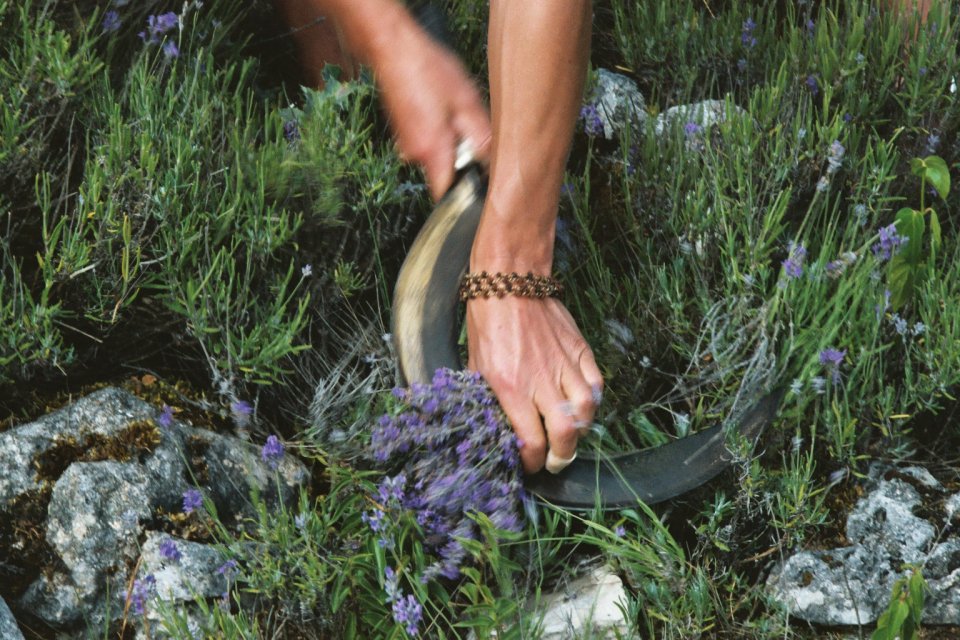As climate change reshapes our landscapes, weather patterns, and ecosystems, the work of herbalists is becoming more vital—and more complex. Herbalism is not just about healing people; it’s about healing and protecting the land too. In this new era, herbalists are called to become not just practitioners, but also stewards, educators, and activists.
Climate Change & Herbal Ecosystems
Climate change is already having a profound impact on medicinal plant communities around the world.
-
Shifting Plant Ranges: As temperatures rise, many plants are migrating to cooler zones—northward or uphill. This affects where, when, and even if we can find traditional plant allies.
-
Disrupted Bloom Cycles: Warmer winters and erratic spring weather can confuse bloom times, reducing pollination and altering the potency or timing of harvest.
-
Soil & Water Stress: Drought, flooding, and erosion degrade the ecosystems that many wild herbs depend on, lowering their vitality and resilience.
-
Invasive Species Expansion: Climate disturbance often benefits aggressive, non-native plants, which can outcompete native medicinals.
These ecological shifts challenge herbalists to become more aware, adaptive, and rooted in observation. If you're a forager or grower, tracking these changes over time—through journaling, mapping, or phenology (the study of seasonal cycles)—can be both healing and empowering.
The Urgency of Sustainable Harvesting
With wild plant populations under increasing pressure, it's essential that herbalists harvest with integrity.
-
Harvest with restraint. The "1-in-20 rule" suggests only harvesting one out of every twenty plants from a wild population.
-
Prioritise aerial parts like leaves and flowers, leaving roots intact to ensure future growth.
-
Grow what you use. Cultivating medicinal herbs at home or through community gardens reduces pressure on wild lands and deepens connection.
Endangered and At-Risk Herbs
Plants like American Ginseng, Goldenseal, Slippery Elm, and Lady’s Slipper Orchid are increasingly rare due to over-harvesting and changing climate conditions.
-
Learn which plants are listed as "At-Risk" by organisations like United Plant Savers.
-
Choose cultivated or more abundant alternatives.
-
Support ethical suppliers and small herb farms committed to conservation.
Herbalists as Earth Stewards
Herbalism in the age of climate change calls us to do more than make medicine—it calls us to protect the ecosystems that sustain us all.
This stewardship might include:
-
Teaching ethical wildcrafting practices.
-
Participating in re-wilding or native plant restoration.
-
Planting pollinator- and climate-friendly gardens.
-
Practicing reciprocity: asking not only what can I take? but how can I give back?
We can also focus our herbal practice on climate resilience by working with plants that support:
-
Stress and emotional regulation (e.g., tulsi, skullcap)
-
Lung health (e.g., mullein, elecampane)
-
Immune function (e.g., elderberry, astragalus)
-
Adaptation to exhaustion or burnout (e.g., ashwagandha, oatstraw)
A New Herbalism for a New Earth
Herbalism in this moment is evolving—from practice to path, from remedy to relationship. It asks us to slow down, to listen deeply to the land, and to offer our hands in reciprocity. Every garden planted, every ethical harvest, and every lesson shared ripples outward.
This week, may your medicine-making be grounded, your harvesting mindful, and your heart aligned with the Earth’s rhythms.

